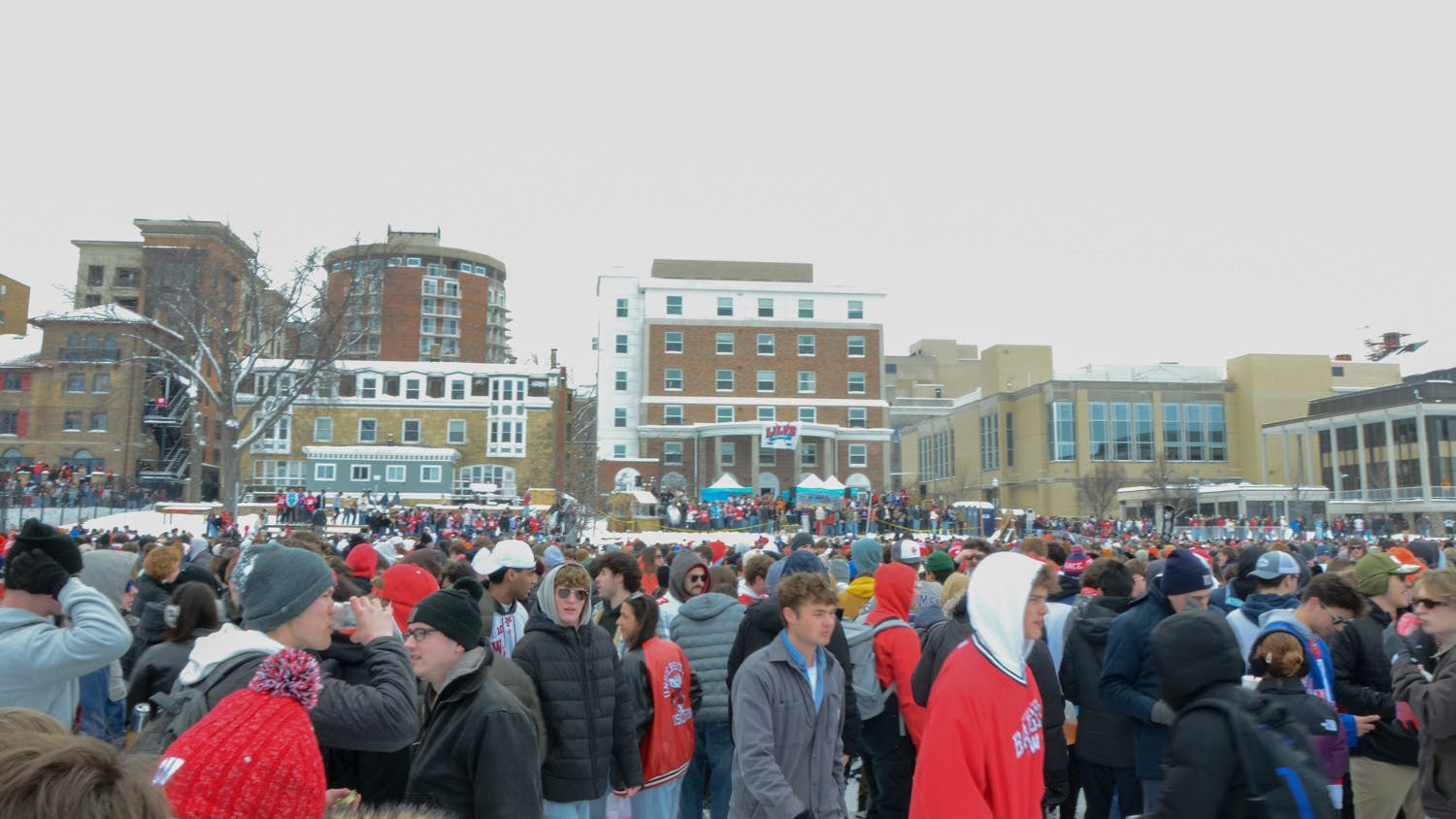The loss of the space shuttle Columbia and her seven crew members is the third fatal accident in NASA's history. On Jan. 27, 1967, a flash fire swept through a command module during an Apollo program test, killing all three astronauts aboard.
Nineteen years and one day later, on the unseasonably cold Florida morning of Jan. 28, 1986, space travel had become almost routine. The fiery destruction of the Challenger and the loss of all seven crew members brought back once again the cold reality that space exploration is a dangerous business.
Another 17 years and four days passed before Columbia broke up while re-entering Earth's atmosphere. While technology has improved over the years, the dangers of traveling beyond our planet remain and have once again become a focus of national attention.
Dr. Sanjay Limaye, director of the UW Office of Space Science, said despite the tragedy, NASA must press forward, learn from its mistakes and continue its endeavor.
\There is no aspect of human activity that is devoid of danger, but that does not prevent us from doing them,"" Limaye said. ""We will find out what went wrong, so that this does not happen again, but accidents will happen in the future.""
Wilton Sanders, senior scientist at the UW Space Science and Engineering Center, agreed, and said that the reality of a working space program is living with, and accepting, the inherent dangers.
""It may be that space flight will always be a dicey proposition, and every decade or two, there will be an accident that results in loss of life,"" Sanders said. ""It doesn't mean we won't keep trying, but we may have to accept that risk as part of the cost of space exploration by humans.""
While Challenger exploded 78 seconds after takeoff, this was NASA's first significant accident involving re-entry and landing. Dr. Jim Lattis, director of UW Space Place, pointed out that while Russia has lost several cosmonauts during re-entry procedures, NASA's success may have created a false sense of security among the American public in this regard.
""People don't understand the risks, the process that is going on there,"" Lattis said. ""Once you've fired your rockets to re-orbit, there's no changing that decision--it's like when they light those solid rocket boosters, you hold on tight, you're not really in control.""
""That spacecraft is going from essentially an orbital speed of 17,000 miles per hour to 200 by the time it hits the runway,"" Lattis said. ""When you have accidents at that speed, imagine a race car out of control, but a thousand times worse--it's just a ball of fire.""
Limaye said despite the dangers posed by space travel, the end rewards are certainly worth the risk.
""There isn't any choice but to continue to work in this area, and see how best we can use these experiences,"" Limaye said. ""This is an investment in our future.\





